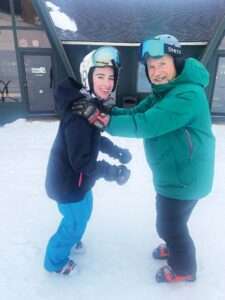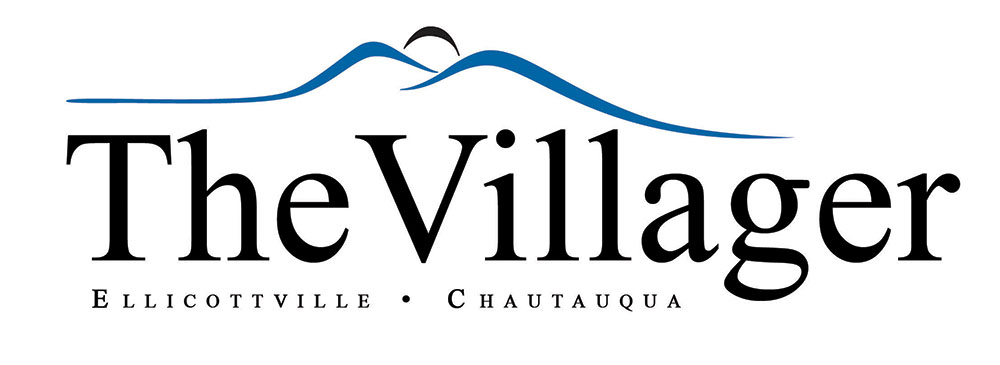By Dan Balkin
Grace. Humility. Kindness. Gentleness. These are the personal attributes of my long-standing Ellicottville friend Larry – Larry Robinson. Larry taught with us for many years as an instructor at HoliMont. Like most local instructors, Larry was a weekend warrior – but with an interesting twist. In the everyday world, Larry had a consulting business where he worked on enhancing corporate cultures and communication. At HoliMont, we directly benefitted from Larry’s expertise as he helped mold the teamwork and great culture of our Snowsports School.
Larry has also worked at the highest levels of Snowsports instruction. He was retained by PSIA (Professional Ski Instructors of America) to help interview candidates for the prestigious PSIA National Alpine Team – the crème de la crème of ski instructors in the United States.

Instructors of America) to help interview candidates
for the prestigious PSIA National Alpine Team – the
crème de la crème of ski instructors in the United
States
Larry is a sponge for knowledge. We sometimes taught adult group ski lessons together, and I always felt that although I was one of the instructors, I always learned something interesting from Larry. One day, he told a story that still resonates with me and that I still frequently use while endeavoring to explain “balance” to my ski students.
Larry was attending an out-of-town ski clinic led by a legendary PSIA instructor named Horst Abraham. Horst may not be a household name among the public, but among instructors across the USA, Horst was a skiing demi-god. In 1983, Horst published a book called Skiing Right. Dated? Hardly. Here is one modern review from 2021 about the book: “Even 40 years later, this is still the leading book on teaching skiing.”
While still in the chalet, before they started skiing, Horst motioned the instructors in his group to form a circle around him. Horst then proceeded to come up randomly to each group member and, with his open hands, simultaneously pushed on the front of both sides of their shoulders. The push was firm but calibrated – the first few unsuspecting instructors were pushed back half a step. Having seen what was going on, the other instructors started to brace themselves against the push. Their bodies went from ski chalet limp to ski slope activated. They all assumed the position of a football linebacker waiting for the ball to be snapped. Suddenly, all their major joints, the ankles, knees, and hips, were slightly bent (flexed) and lurched forward knowing that from this position they could resist Hort’s shoulder push. The photo, with instructor Ward Wilson and skier Leah Balkin, is a recent recreation of Horst’s shoulder push.
The point? It was instructing genius. After going around the group several times to give the early recipients of the push a chance to catch on the second time around, Horst simply said, “That is how you want to stand on your skis while skiing.” He could have gone up on the slope and given a dissertation about one’s stance on skis at the top of the slope, but he instead chose an unorthodox and memorable way to get his point across. I never forgot Larry’s story – and neither should any skier.
Balance on skis is not something we ever achieve by standing in a “perfect” position. We continually adjust our balance, just like we would while walking along a gentle streambed with rocks placed at various angles under our feet. In terms of skiing, however, moving forward on a slippery, inclined slope naturally pushes us backward. What Horst was demonstrating to Larry’s clinic group, what Larry told me, and what I am what I am conveying to you is that balance on skis begins with not being pushed backwards when you move forward on the slope. Bottom Line: While skiing, imagine no one could push you backwards. Ideally, you assume the same “athletic stance” Horst achieved with the instructors by having them resist his shoulder push: Your hands out front, your knees over your toes, and your shoulders over your knees. Horst would not say this is the “perfect” balance position, but he would say it is a very helpful stance to aid your balance while skiing. Larry, my friend, thanks for sharing the Horst Abraham ski lesson – it deserves a wide (and balanced!) audience.
